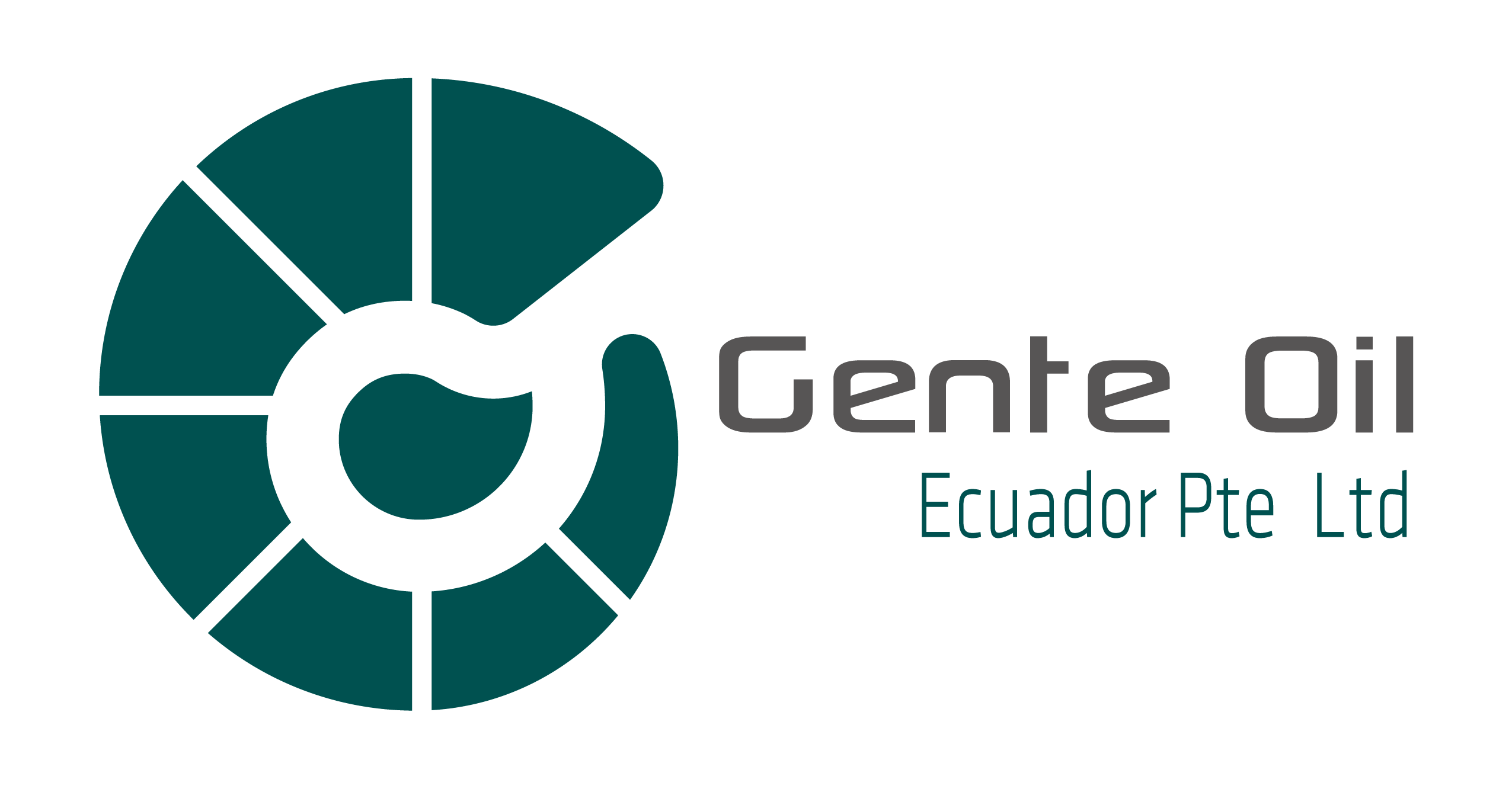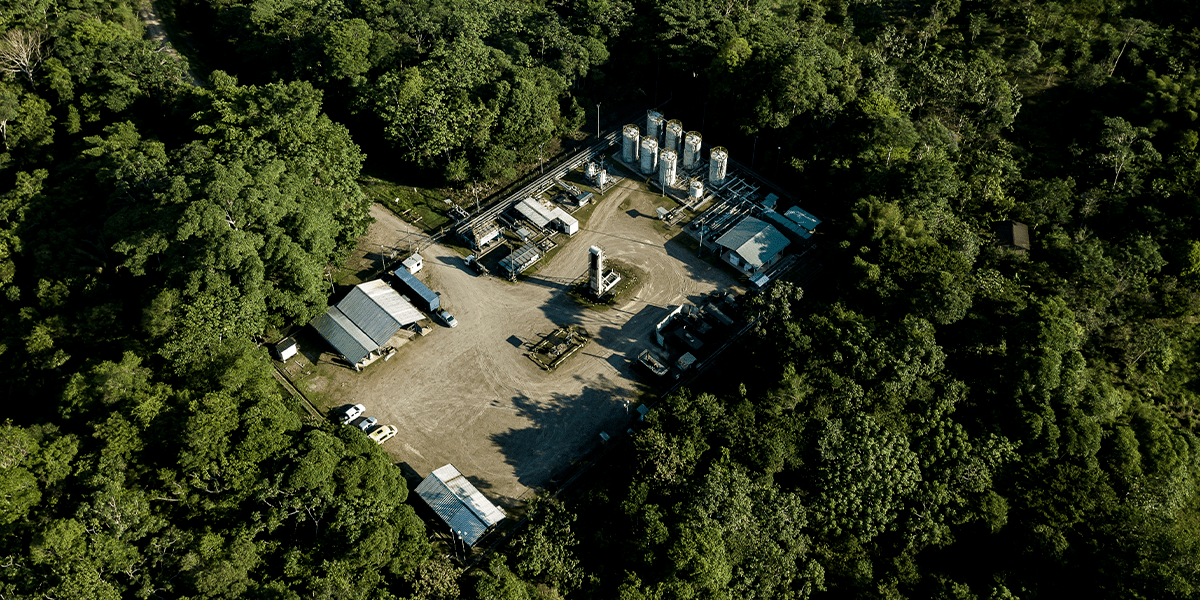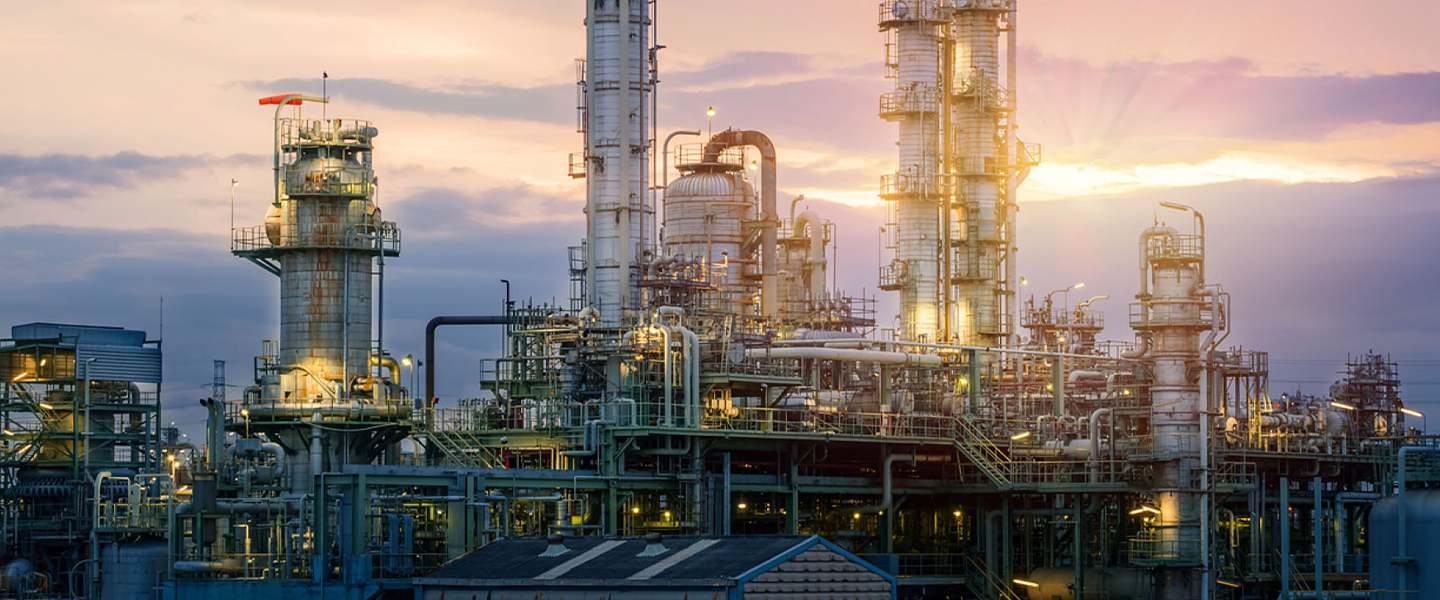For years, associated gas - a natural by-product of the oil extraction process - was considered operational waste. In Ecuador, as in many countries, the usual practice was to burn it in lighters to avoid its accumulation. However, this method, although functional, generates polluting emissions, wastes a valuable energy resource and is now facing stringent environmental regulations that require it to be phased out by 2030.
At Gente Oil Ecuador, we take on the challenge not only as an obligation, but also as an opportunity to transform that gas into useful energy. In Block 53, we are developing a technical-operational model that converts gas into a source of efficient electricity generation, significantly reducing emissions and adding value to the extractive process.
What about gas?
The associated gas contains a high percentage of methane (CH₄) and carbon dioxide (CO₂), exceeding on average 72% concentration of active compounds. Prior to its utilization, it must undergo complex processes of degassing, dehydration and suitability for transport or transformation.
Flares, while controlling pressure and eliminating surpluses, are neither sustainable nor sufficient. Even with encapsulation or bypass systems, there are still risks of leakage and emissions.
For this reason, at Gente Oil we are committed to a more ambitious solution: using this gas to generate electricity on site.
The solution: microturbines and dual motors
Since June 2024, we have been implementing a microturbine system at Singue B that transforms gas into electrical energy for internal use. The first tests have succeeded in generating up to 200 kilowatts of power, equivalent to more than 5,000 kWh per day, with stable efficiency.
In addition, we are modifying existing diesel engines to operate on dual gas (diesel + gas), which reduces traditional fossil fuel consumption and improves the thermal efficiency of the system. Currently, five engines at Singue B operate with a blend that already incorporates 20% gas, progressively increasing their capacity.
The goal now is to bring the same model to Singue A, moving towards a complete system that utilizes 100% of the usable gas.
Results, impact and next steps
This approach has allowed:
- Significantly reduce gas flaring in operational burners.
- Decrease theCO₂ footprint in the atmosphere in a measurable way.
- Generate internal energy that reduces dependence on diesel.
- Early compliance with the standards established by current environmental regulations.
Currently, Gente Oil Ecuador is recognized as one of the operators that has made the most progress in complying with the plan to eliminate lighters by 2030. In fact, our internal commitment is to achieve total burner shutdown by 2028, two years ahead of the established deadline.
Since 2014, the Singue Block burners have been built under regulations and operate under strict controls. Today, they are part of an internal energy transition strategy, which seeks to convert an environmental liability into tangible energy value.
A transition from the field
The distance between the operating fronts - for example, 4 kilometers between Singue Norte and Singue B -implies logistical and technical challenges. But each advance is part of a strategy that does not improvise: it designs, measures and improves.
The energy transition starts here. Not in speeches, but in every valve closed, every engine converted and every ton of gas transformed into useful energy.
Corporate Communication - Gente Oil Ecuador






